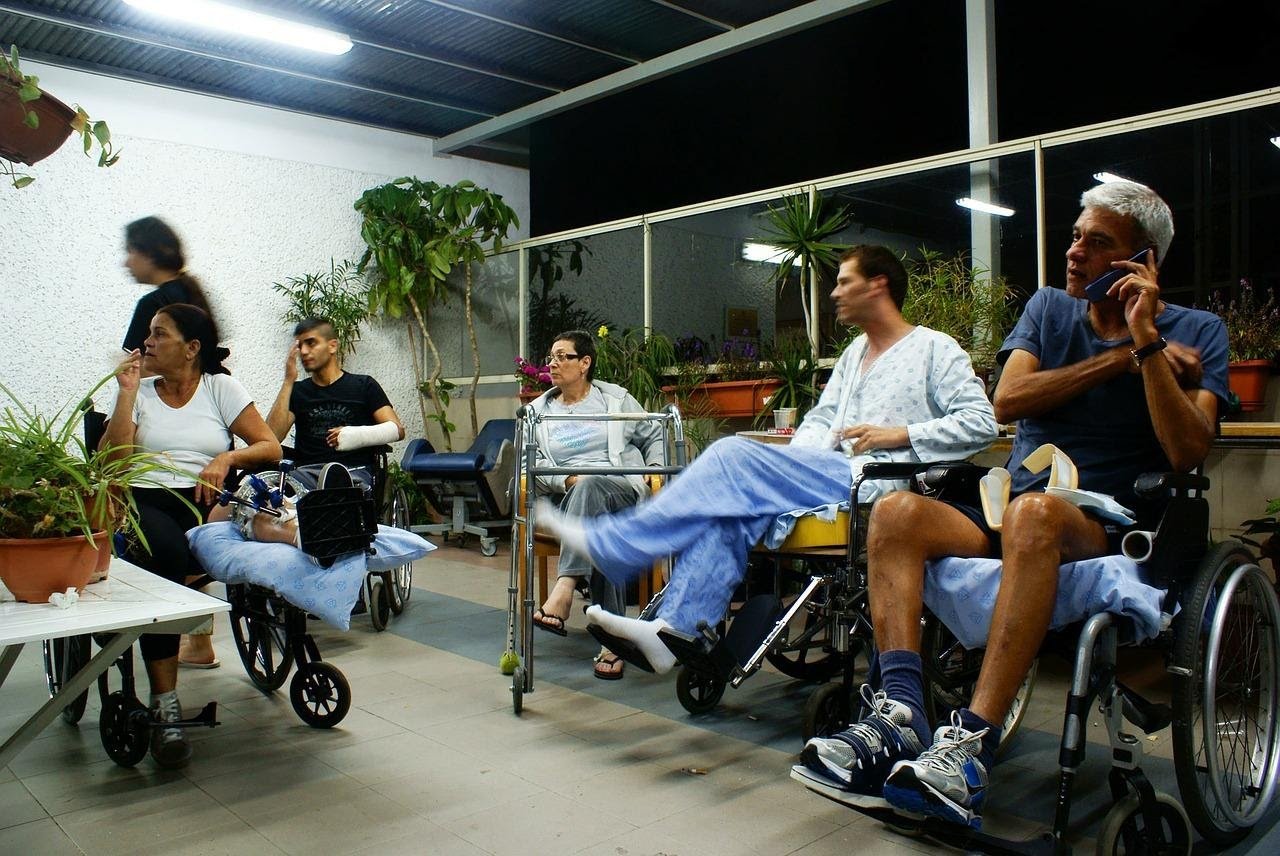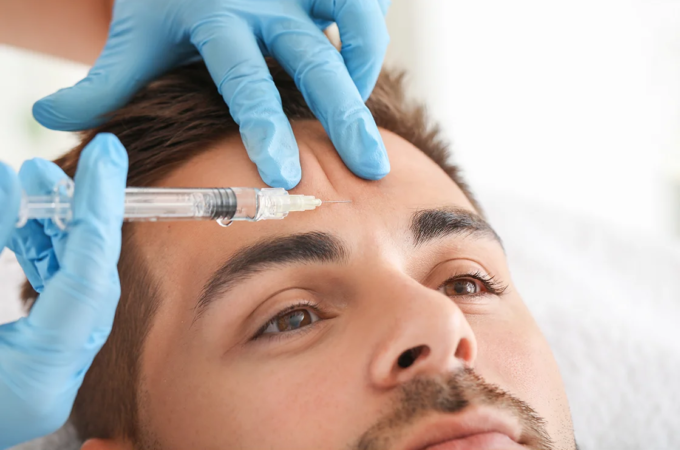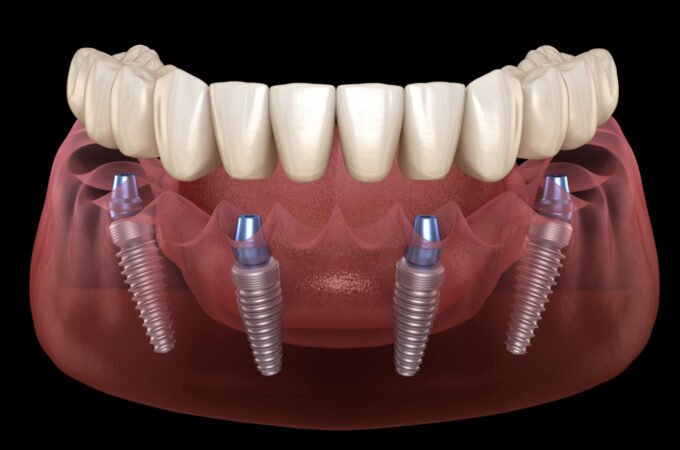
How Do Health Professionals Equip Themselves Better to Serve the Patients
Patients come to hospitals seeking care, and sometimes the care they want is not up to standards and becomes a case of mismanagement. In the healthcare sector, professionals have a small margin to make errors. It means if a patient comes to them for treatment, they should receive the best possible care. When doctors get careless, it becomes a ground for malpractice and medical lawsuits.
No hospital or doctor likes to go through a lawsuit, as it reflects poorly on their reputation and costs copious money for damage control. Therefore hospitals and healthcare professionals need to find ways in which they can care for patients better, and here’s how they can do this:
1. Be More Hospitable
When a patient comes to a hospital, they’re already incredibly vulnerable. They don’t need you making things harder for them by not showing them empathy or kindness. It would help if you took the time to make them feel comfortable. If the injury is severe and needs immediate attention, question them as you work to curb the bleeding and control the pain. No matter how tired you are, never use a patient as an emotional dump. If you feel like you’re on edge to treat your patient, let someone else take over your case.
2. Learn More
The healthcare sector is also rapidly evolving. Online courses are now available to streamline healthcare, such as informatics for health professionals, leveraging patient care. Suppose healthcare professionals opt to go for these courses. In that case, they can learn how to keep and work on better patient records, more digitized hospital environments, and an emphasis on telehealth. Not only does this make healthcare more accessible, but it also makes it more convenient for patients. A significant issue with the current healthcare model is the lack of efficiency. Unless it’s emergency patients, don’t get treatment fast. It poses a problem as routine check-up patients have to go through strenuous hours waiting.
3. Pay Attention to Hygiene
Although you may argue that hospitals are clean, hygiene goes beyond surface cleanliness. It is also about how clean a healthcare professional keeps themselves and when they approach a patient. It would help if you sanitized or wash your hands between each visit making sure that the germs from the previous patient don’t carry on to the next patient. Never approach a patient without gloves on and always discard them immediately after. When you use medical equipment, make sure to sterilize it right away. You should also wear face masks around patients as much as possible, and unless you need to be close to them, don’t hijack their space. Hospitals witness hundreds of cases every day. If you take care of minor hygiene issues, you can make sure the pathogens don’t spread and cause a breakout of cases. The pandemic of 2019 also explained the importance and how simple measures can save lives.
4. Keep Revising Health Codes
In a hospital setting, health codes pertain to different situations. These codes inform the staff if there is an emergency, what kind of emergency there is, and if a crash cart will be necessary. Revising these codes is essential because it helps hospitals keep an eye if they have listed every possible emergency and new ones critical. It ensures that the hospital environment is always organized and structured and keeps it safe from collapsing under pressure. It also helps the healthcare sector and divides and manages work and rush when there is an emergency.
5. Show Concern about Their Symptoms
When you are going through a list of symptoms the patient wrote for you, make sure you express sufficient concern over them. It means to take the time to question them about their disease, making sure you’re aware if they got any prior treatment. The reason for you being thorough is significant. Many diseases have similar symptoms, and unless you find the distinguishing factor, you may subject your patient to the wrong testament. So please don’t hold back from asking as much as you can only after you’ve read what they have written appropriately.

6. Discuss Discharge
A patient’s discharge is the most crucial part when it comes to their care. When it comes to discharging patients, a simple discharge sheet is not enough; you need to sit and talk to the patients about recovery. Send them electronic discharge sheets and pay attention to the details you’ve written. Walk them through the medication they’ll need to take and inform them if they need any follow-ups, appointments, or procedures. Make sure their emergency contact or guardian gets the discharge information too.
7. Handle Patients Gently
Some procedures require a minimum amount of pressure that may discomfort a patient, but you should try to be gentle where you can. It means taking the time to gauge a patient’s pain threshold and decide how quickly you can administer care. Don’t rough house a patient or get mad at them if you think they’re not responding how you want. If a patient has a phobia, make sure you have someone in the room to distract them while carrying the procedure. When you’re through your physical exam, make sure you have put all the equipment in place. The patient has been checked and bandaged properly with no injuries left unattended.
8. Explain the Procedure
As a doctor, it’s your job to ensure the patient understands the treatment process. No matter how complicated it may seem. Suppose you want to get a patient’s informed consent. In that case, you should not withhold information or explain it in a manner they reluctantly agree. Let them ask their questions and find out if there are alternate ways to get treated. Look into providing patients with guidance such as online resources to help them envision the treatment and ease their fears.
Wrap Up
The healthcare sector is all about patient happiness and satisfaction. It takes simple measures to ensure that the patient is comfortable in your presence and wants you to treat them. There are numerous ways medical negligence occurs, and to avoid those situations, healthcare practitioners must work hard to look after patients. You need to ensure that your patient is comfortable, get all their questions answered, and know what will happen. Simultaneously, please don’t hold back from asking critical questions and only approaching them when you need to make a physical evaluation about their condition. Finally, don’t forget to pay attention to hygiene and make sure that you’re limiting the mobility of microbes between patients.




